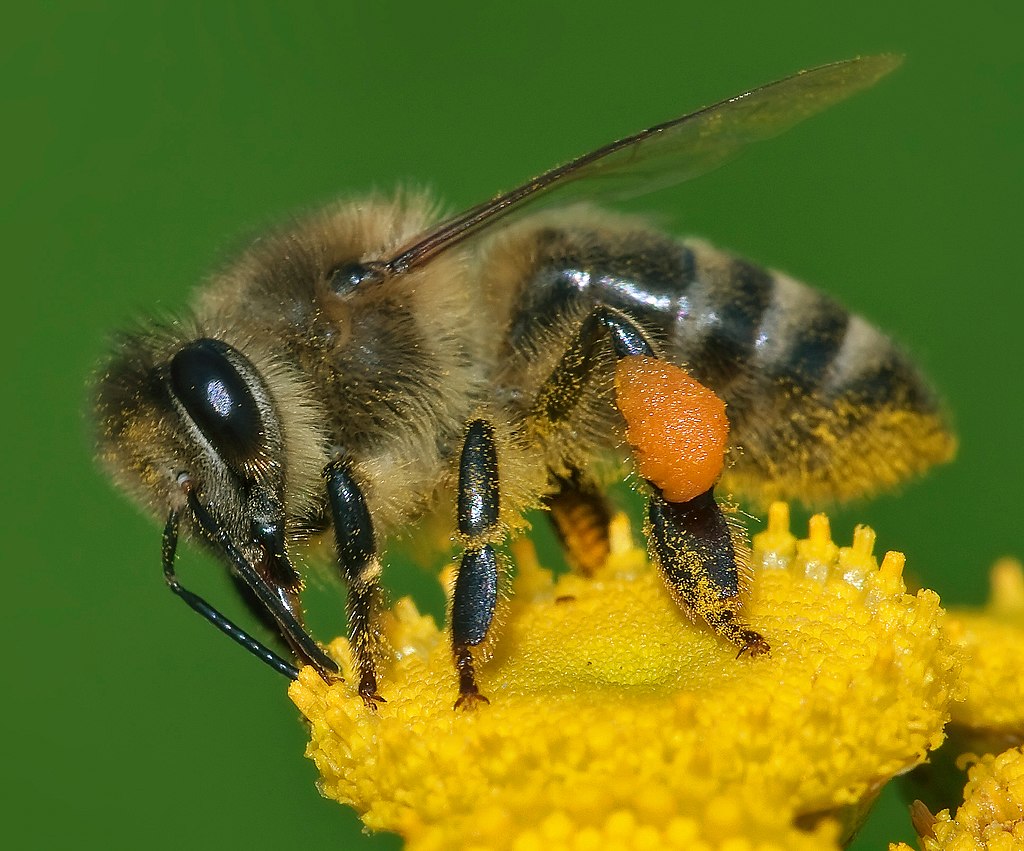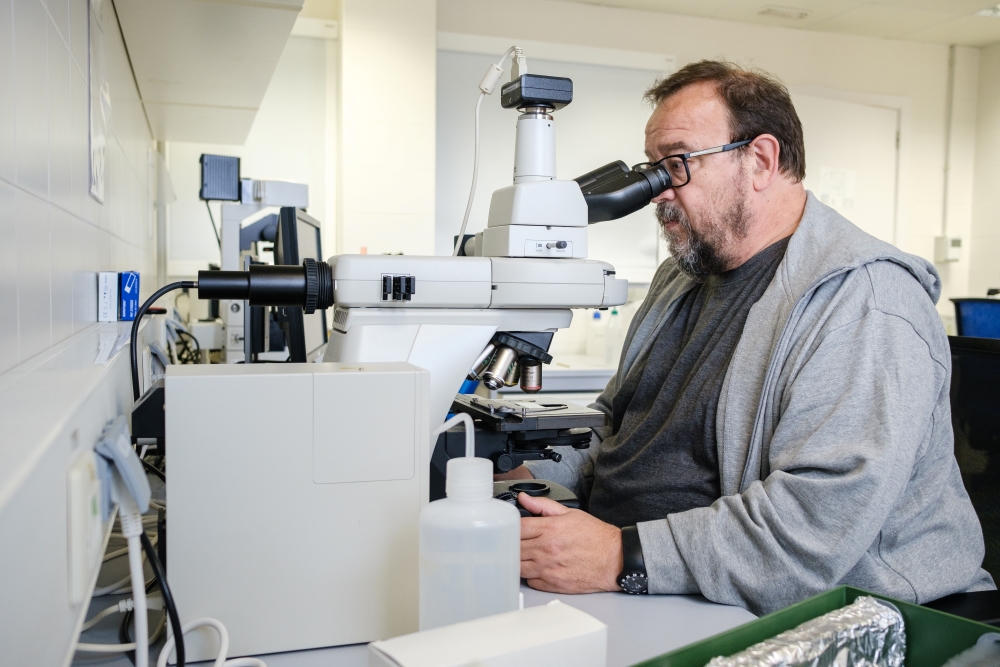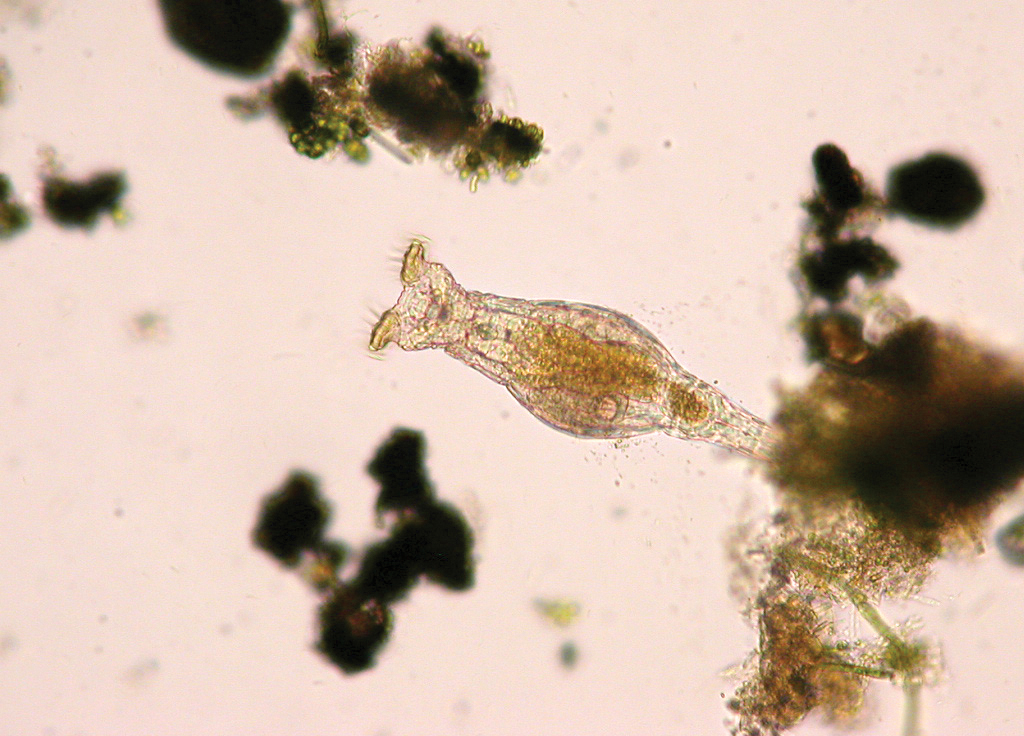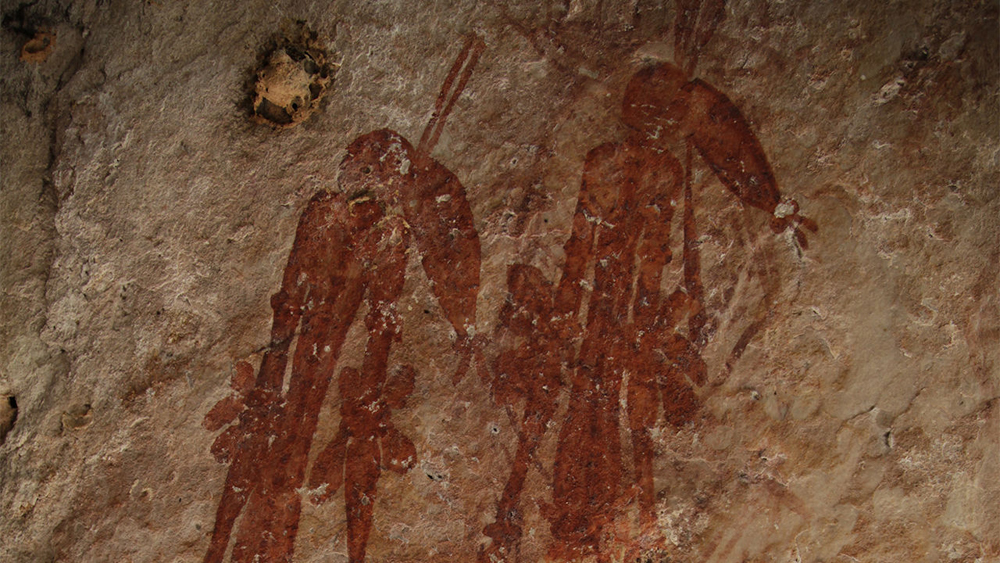"We have achieved a better understanding of cellular structure and organization"
- Alicia Gascón Gubieda (Muxika, 1993) graduated in Biochemistry in 2015. He later moved to the United Kingdom to specialize in cell biology in the years 2015-2021 and now works at the UPV/EHU in the department of immunology, microbiology and parasitology.

He studied Biochemistry and Molecular Biology and then began to walk into the research world.
I've been interested in the research world since I was a kid, and when I chose the Biochemistry degree, I knew that my goal was to work in the research world. So throughout my degree, I did a lot of internships in a number of labs, to get a better understanding of the world of research. And at the time of choosing a master's degree, I chose a master's degree with a large research component to get work experience.
He has done his thesis in Newcastle. How did the opportunity come about?
I took the master's degree in Univertsity of Birmingham, United Kingdom. While I was there, I decided I wanted to specialize in cell biology. I looked for a number of PhD jobs that year, and after sending dozens of resumes, I got three job interviews and two thesis offerings. Between the two theses I chose Newcastle's, because Newcastle is a very lively village and the research team was very friendly.
He has investigated PAR proteins that cause changes in cells…
Cellular organization is very complex. Cells can adopt very different structures, and many cells can have different parts with different structures and functions. For example, neurons have axons. To create these special parts, cells use polarity signals. PAR proteins are proteins that produce these signals and through them control the organization of several cells.
He has managed to explain the feedback mechanism between PAR proteins and the musculoskeletal actomiosine skeleton, what has this supposed?
The actomyosin skeleton is a component that gives the cell a "structure," like the columns of a building. The change in structure and strength of the actomiosine-skeletal skeleton may alter the structure of the entire cell and make the cell more flexible. Therefore, the understanding of the influence of PAR proteins on the actomyosin skeleton has allowed a better understanding of the structure and organization of cells.
To analyze these changes you have used the worm C. Elegans. Why this earthworm?
The worm Caenorhabditis elegans is widely used in genetics, as it is a very simple organism: It only has 959 cells, lives only 2-3 weeks and is very small (1mm). In addition, it's very easy to make genetic changes to the worm.
You presented your PhD thesis last year. How have you lived it?
The presentation of the thesis was very rare. Because of the pandemic, I couldn't go back to Newcastle to present my thesis, and I made the presentation and celebration through Zoom. Still, it was a good time.
Now, what challenges do you have?
I have returned to the University of the Basque Country. I'm working in the department of immunology, microbiology and parasitology, and in the study of new cancer therapies.
He participated in the Thyothesis. What experience did you have?
It seemed to me an interesting project, an excellent way of knowing the research carried out by Basque researchers. In addition, the theses are usually very long and difficult to understand, and, summarizing in 6 tweets, it allows us to extend our work to more people.
Ionan Marigomez Allende (Erandio, 1961) biologoa da lanbidez eta bokazioz. Bera izan zen EHUren Plentziako Itsas Estazioaren sustatzaile nagusia, eta bera da bertako zuzendaria 2013an sortu zenetik. Bulegoan hartu gaitu, atzealdean Gorlizko badia ageri dela, eta hantxe jardun... [+]
1891n nekazari batek Gwion estiloko hainbat labar pintura aurkitu zituen Kimberlyn (Australia).























